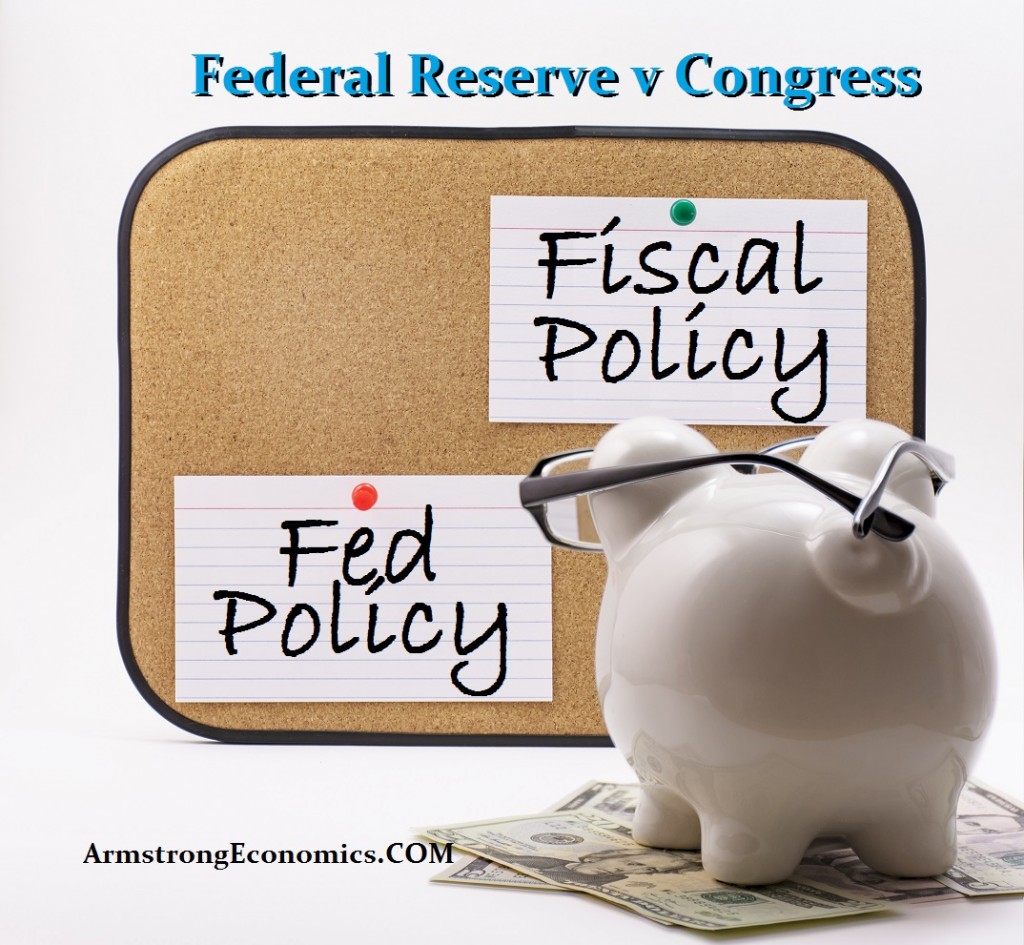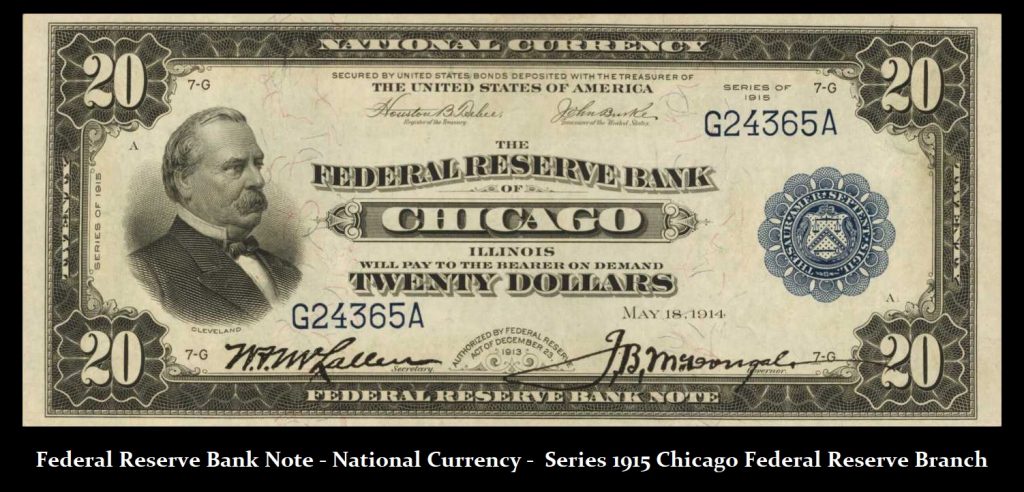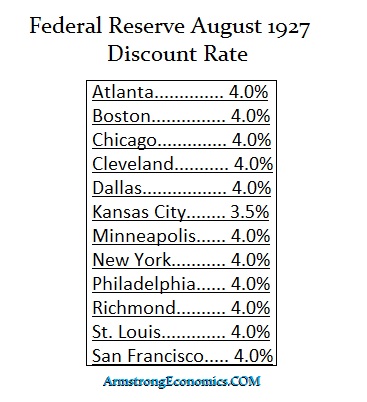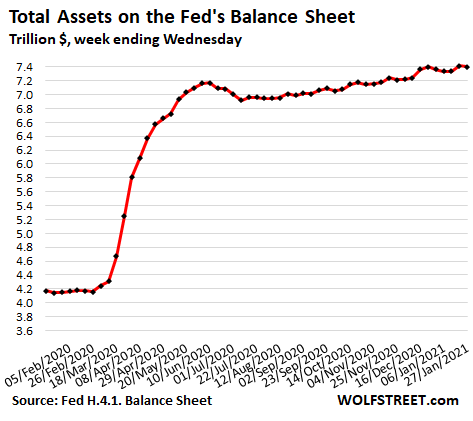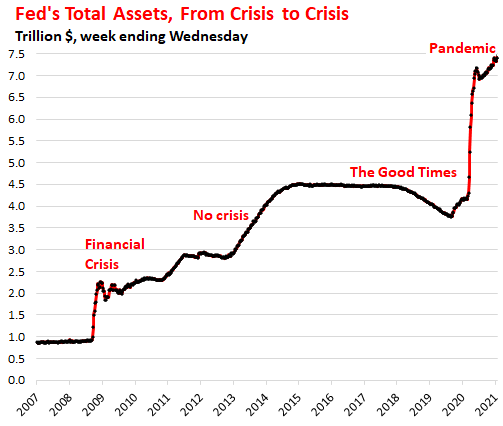This article anticipates the end of the fiat currency regime and argues why its replacement can only be gold and silver, most likely in the form of fiat money turned into gold substitutes.
It explains why the current fashion for cryptocurrencies, led by bitcoin, are unsuited as future mediums of exchange, and why unsuppressed bitcoin has responded more immediately to the current situation than gold. Furthermore, the US authorities are likely to suppress the bitcoin movement because it is a threat to the dollar and monetary policy.
This article explains why growth in GDP represents growth in the quantity of money and is not representative of activity in the underlying economy. The authorities’ monetary response to the current economic situation is ill-informed, based on a misunderstanding of what GDP represents.
The common belief in the fund management community that rising interest rates are bad for gold exposes a lack of understanding about the consequences of monetary inflation on relative time preferences. Rising interest rates will be with us shortly, and they will burst the bond bubble with negative consequences for all financial assets and the currencies that have inflated them.
In short, we are sitting on a monetary powder-keg, the danger of which is barely understood by policy makers and which could explode at any time.
Introduction
We have entered a period the likes of which we have never seen before. The collapse of the dollar and dollar assets is growing increasingly certain by the day. The money-printing of the dollar designed to inflate assets will end up destroying the dollar. We know this thanks to the John Law precedent three hundred years ago. I last wrote about this two weeks ago, here. In 1720, it was just France and Law’s livre…
…click on the above link to read the rest of the article…







